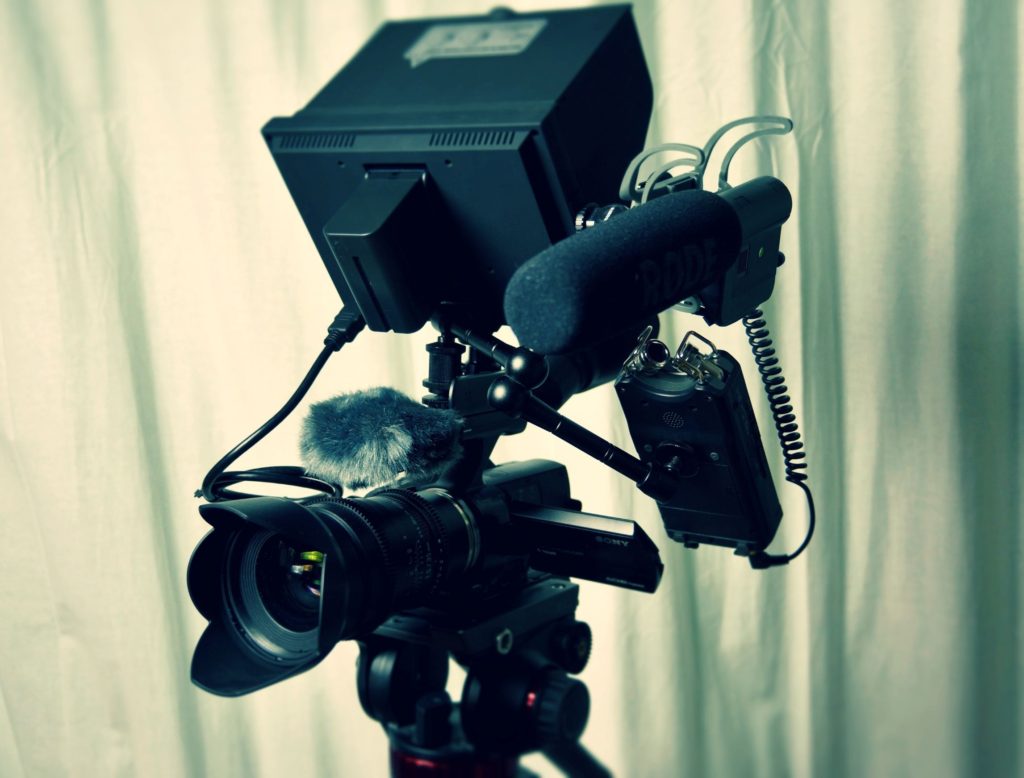
So, you just got a call from “Good Day Colorado” and they want to interview one of your company’s key spokespeople regarding your organization’s most recent “big news” item. Awesome! But now what? Getting a spot on broadcast television is a big deal, you now have the opportunity to get your company and your mission in front of thousands of viewers. Obviously, this is a wonderful opportunity, so how do you best prepare your spokesperson to make the most of local airtime?
As PR professionals we all too often see the missed opportunity. The company’s spokesperson gets under the bright lights of the local TV studio and just…clams up. Segments last only a few minutes and the CEO or executive director, who has dedicated his life to leading the organization, somehow never conveyed the mission or key takeaways during the interview. The precious air-time and opportunity to spread the word of the organization’s mission and impact to a large and captive audience is lost, and with it, the potential to pull at heartstrings and potentially solicit significant donations or bring in more customers.
But…this scenario doesn’t have to be your truth. With some basic media training, you can help ensure that your spokesperson makes that TV spot a win. We’ve put together a few of the basics here for your reference.
Mission first!
It is crucial to make sure your organization’s mission is clearly communicated within the segment. Many reporters will help you by asking directly who you are and what you do, so it is very important that the spokesperson has prepared a one or two-sentence explanation of what the organization or event is all about. In this one sentence response, make sure you communicate a.) who you are, b.) what you do/who you serve, c.) why this is timely today. An example might be: “Bob’s Balloons is a nonprofit organization based in Denver and we make sure each child who is in the critical care unit at Denver area hospitals receives a balloon to brighten their day. We are here today because we are kicking off a fundraising campaign to make sure each child gets two balloons.”
The silver platter
Before the interview, prepare three statements or ideas that you want to make sure you convey at some point during the interview. These are known as your “silver platter” points because they are the things you want everyone to see and hear. Your silver platter points might include your mission, information on an upcoming event, details on a merger or increased service area, or a call to action. Think about what you wrote in the press release or pitch that won you the TV spot – what are the three most important ideas to convey to the audience?
Don’t be a robot
While it is important to prepare your mission statement and silver platter points in advance, try to encourage the spokesperson to ad-lib a bit as opposed to trying to memorize statements word-for-word. Chances are, if they try to memorize something, once they get under studio lights they’ll forget everything. Practice asking questions of your spokesperson in different ways so they get used to varying their responses on the silver platter points. Natural, conversational interviews are much easier to watch than someone who has clearly memorized a few lines and is spitting them out like a robot.
The art of the pivot
On occasion, your spokesperson may be asked a difficult question or one that they’d prefer not to answer on live TV. As you practice for the interview, be sure to come up with a list of “difficult” questions and how you might respond. Never, ever, EVER respond to a question with “no comment.” It only invites more questions and makes you look like you have something to hide. Instead, learn the art of the pivot. Pivoting is when you take a reporter’s question and answer it in a way that gets the interview back on track. An example might be, “I’m glad you asked about the environmental impact of popped balloons, it is something we are working to address while our main focus remains on helping children and their families through a difficult illness. This year we are proud to have brought balloons to 1,000 Denver-area children.”
When you don’t know the answer
This is most interviewees’ worst fear. Being asked a question on live TV and not having the answer. Nobody wants to have the awkward 20-second silence. Instead, if they don’t know the answer to a certain question, have them refer people to a person or website that can answer the question. An example might be “Wow, that’s a really good question and I don’t have the answer off the top of my head, but I would refer viewers to our website where they can find historical data on the number of balloons we donated to kids last year.”
Practice makes (almost) perfect
We always recommend our spokespeople practice a few times with a communications manager or trusted colleague in advance of the interview. Practicing the silver platter points, mission, and how to answer tough questions will make them feel much more at ease when it is time for the actual interview.
If you have secured an interview for your spokesperson, first off, congratulations! You’ve scored a great opportunity to get the word out about your organization and all the good you are doing in this world. We hope these tips help you prepare and help make that interview a success.
Diana Crawford is a seasoned public relations consultant with more than 15 years of agency, consulting, and in-house experience. She joined Orapin in 2013 and manages account services and client communications strategy development. She has worked across a variety of industries and has expertise with professional services, food/alcohol, health and wellness, lifestyle, sports, education, tech, and non-profit organizations.
